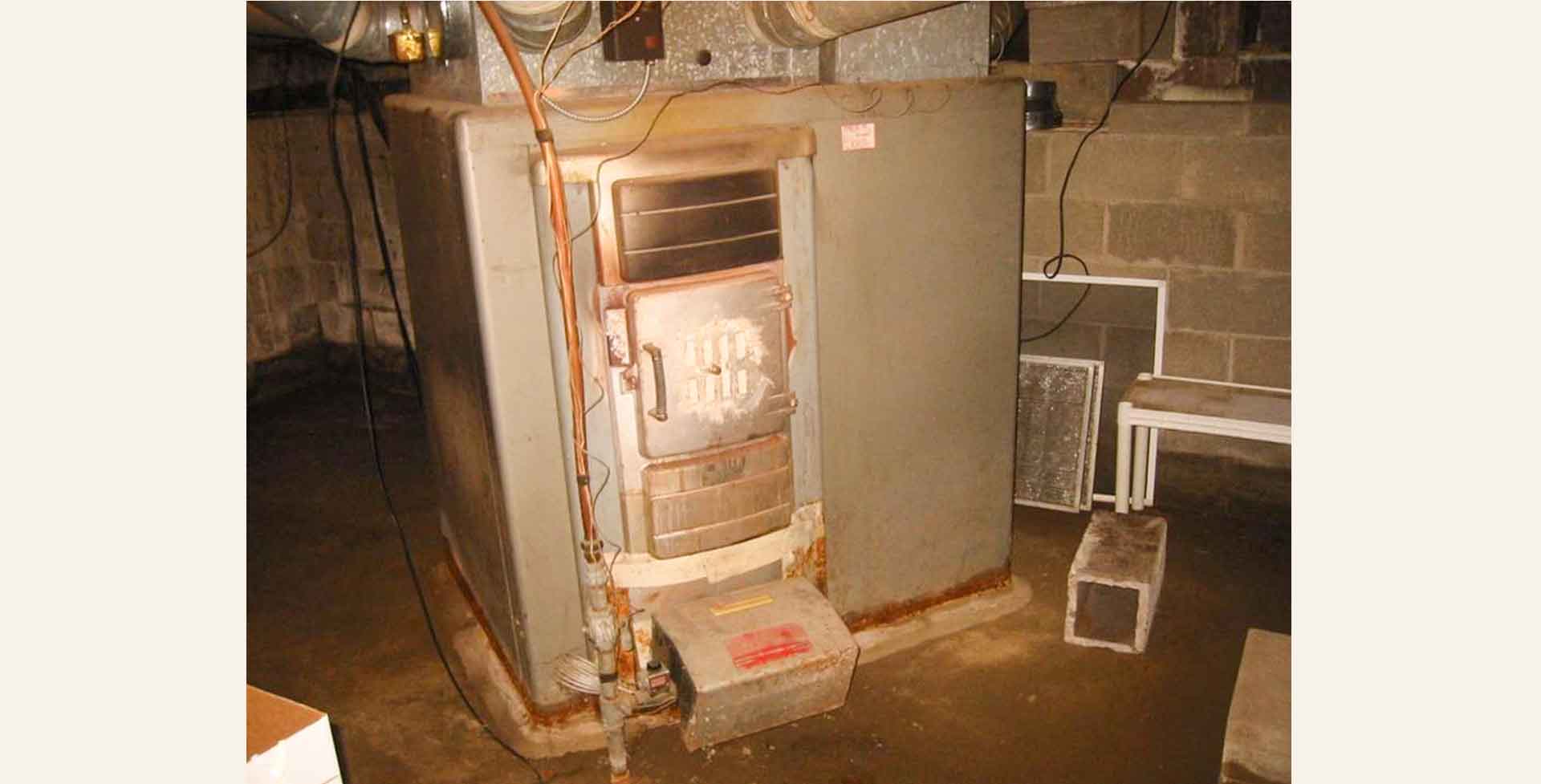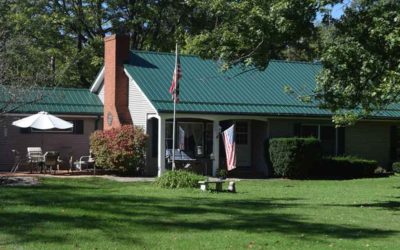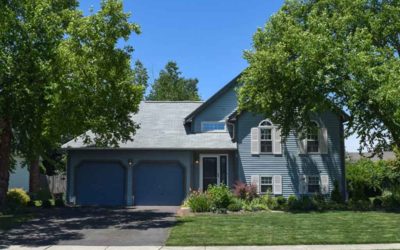Now that you understand why you need to get the home you are thinking about purchasing inspected, you might be wondering, “What’s included in a home inspection?” That’s a great question!
Included in a Home Inspection
As we established in a previous post, a home inspection is simply to provide an assessment of the current condition of the property. There are numerous components of a house, not all of which are visible. But a good home inspector knows where to look to find clues which will assist in the final assessment. The following is a brief overview of what’s included in a home inspection.
Foundation
Your inspector will spend a good deal of time assessing the condition of the foundation of the house. This will include an examination of the area surrounding the foundation on the outside of the house. If there are basements or crawl spaces, they must be inspected as well. My rule of thumb: The more difficult the area is to see or access, the less likely it is that maintenance has been done.
Plumbing
Plumbing can be a bit more difficult to inspect as much of it may not be visible. The plumbing includes all the faucets, drains, toilets, hot water heater and the pipes in between. If there is a basement or crawl space, some of the pipes may be visible there. But your inspector will know what clues to look for to determine if the plumbing is functioning as intended. The inspection will not include any septic systems or wells, if needed, specialists will be required to inspect those items.
Heating, Ventilation and Air Conditioning
Heating, ventilation, and air conditioning (HVAC) systems are a large portion of the inspection. Your inspector will identify what type of heating and cooling system is in the home, evidence of lack of maintenance, and the current condition. (In larger homes, or homes with additions, there could be multiple heating or cooling systems.)

All visible ductwork will be inspected, and any issues noted. The inspection should also include looking in the attic to make sure that ventilation is adequate, and appropriately installed. In addition, while in the attic a check for adequate insulation and animal infestation should be made. Fireplaces will also require a specialist to inspect.
Electrical System
The electrical system will be evaluated to determine its condition and configuration, and if it appears to be professionally installed. Also noted will be any older wiring, such as knob and tube or aluminum wiring, if visible. Every electrical fixture and outlet should also be tested for proper operation. Ground and arc fault protected outlets will also be tested.

Structural
While assessing the systems of the house, the inspector will also make observations about the structural integrity of the home. This will include identifying things such as joists or trusses that have been cut while installing other systems or during renovations.

Safety
The inspector will check for safety requirements such as handrails and step height.
Roof
The roof will be inspected. Although your inspector will look at the outside of any chimneys, fireplaces will require a specialist to conduct an inspection.

Interior
Every door and window opened and closed to insure they function properly.
Typically, a home inspector will check all the appliances to insure they are operational. However, they do not test them to make sure they are functioning correctly, i.e., the oven heats to the set temperature.
Know Where to Look
By knowing where potential problems lurk, you can do your own home pre-inspection and avoid making offers on a home with problems. This will save you both time and money during your home search. When you think you have found the right home, that’s the time to make your offer and schedule a professional home inspection.
Not sure what problems to look for? Our free list of common problems found during home inspections is a great place to start.
That’s What’s Included in a Home Inspection
So, there you have it. A quick down and dirty of what’s included in a home inspection. The job will take a while, typically two to three hours, or more if the home is larger, or older (100+ years). But when it’s done, you’ll have a good assessment of the current condition of the home and the facts you need to finalize your purchase.
Considering a House with a Metal Roof?
What do you need to know about metal roofs when searching for your new home?
Asphalt Shingle Roofs
When considering a house to purchase, always ask, “When was the roof last replaced?” A typical asphalt shingle roof lasts 15 to 20 years. Don’t let the fact that the owner says they used shingles that are guaranteed to last 40 years influence you.
You Need to Be Prepared in a Competitive Housing Market
Headlines are screaming “It’s a competitive housing market!” What does that mean for you? How does it effect your search for a house?
What Should I Do During a Home Inspection?
You’ve found the house, and the inspection is scheduled. Now you may be wondering “What should I do during the home inspection?”
What’s Needed to Pass a Home Inspection?
You’ve decided to have the home you put a contract on inspected. Now, you may be wondering, “What is needed to pass a home inspection?”
Is a Home Inspection Necessary Before Buying a House?
Let’s face it. Buying a home is, most likely, the largest expense you will ever make in your life. This should be the time you want to make the best possible decision and the only way you can do that is to make an informed decision. The best way to make an informed decision is to have the home you wish to purchase inspected by a professional.







